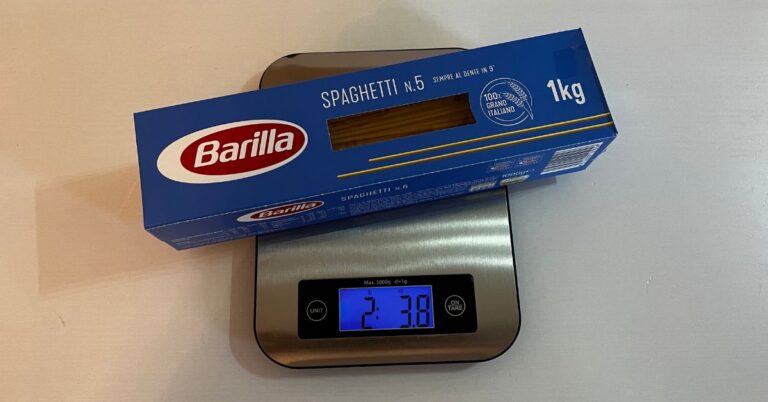Italians are deeply attached to the concept of lasagna and to what it represents for all of us: a dish that we usually cook when we organize lunches and dinners on important occasions, a symbol of conviviality but which, simultaneously, connects us to our ancient past and to the great history of Roman Empire.
Actually, the primordial ancestors of lasagna were lagane, thin sheets of pasta – irregular, because obviously manual cut – cooked in the oven (or fried) and stuffed with meat or fish and aromatic herbs.
Therefore, it is easy to understand where this all-Italian specialty derives from and it is very simple to imagine how, in the great migrations times, this recipe has undergone changes in order to establish itself in Italy and USA in two similar but very different proposals.
Italian lasagna is traditionally seasoned with ragù and bechamel, while American lasagna typically uses tomato sauce with meat, then also the cheeses used in Italian lasagna are only mozzarella and parmesan, while American lasagna uses packaged and precut mozzarella, or ricotta as an alternative.
Click here to learn about Italian-American cuisine that’s rare in Italy!
There are local variations also in Italy: Campagna lasagna, for example, is prepared with a durum wheat sheet seasoned with Neapolitan ragù (red lasagna); Emilian ones, on the other hand, use a sheet of egg pasta and a bechamel sauce (white lasagna).
So, just taking a look at them, they are immediately identifiable because of their different colors! However, they share the concept and the basic ingredients, which does not happen with the American lasagna that, even if it is similar to the Neapolitan one, is the daughter of the “compromises” that Italian immigrants had to make on-site; for better or worse.
If one hand the New World could not guarantee the same quality and availability of some ingredients like extra virgin olive oil and mozzarella; on the other hand, it offered meat in abundance and at a very affordable price, in a scenario that was practically inverted compared to the historical-social Italian view of that time. No matter if melted cheese took the place of stringy mozzarella.
Italian lasagna vs USA lasagna: Evolution?
With an ever bigger Italian immigrant community in early twentieth-century America, the first experiments and contaminations in the kitchen began without sparing the traditional dishes of the Old World, on the contrary: the goal was precisely to try as much as possible to “feel ourselves at home”, while adapting to the new context. And that is why so many apparently similar recipes reveal great discrepancies.
In essence, here are the main differences between an Italian and American lasagna.
- Sheet of dough: in Italy, durum wheat or egg based, depending on the region – in the USA it is used generally only durum wheat (whose texture may be less subtle and “fresh” once it is tasted and, therefore, less inclined to melt in the mouth, giving a different experience).
- Sauce: in the Italian version, we use ragù or bechamel, depending on the region – in the USA, tomato sauce and meat (sausage, meatballs and/or pork), similar to the ragù concept.
- Cheeses (the real sore point): in Italy, we use only DOP mozzarella and parmesan – in the USA the mozzarella is packaged and cut into strips which is more similar to our scamorza; as an alternative, ricotta (more resistant to export and also made locally) with Parmesan or pecorino.
- Cooking phase: in Italy, lasagna is cooked in boiling salted water like any other kind of pasta and the recipe is finished in the oven – the American version usually shares the same procedure even if there are some variations to the “one pot way” considered faster and deeply American.
- How it is served: in Italy, lasagna is always only a first course, just like a pasta dish, never a second course, so they are never combined with anything in the same dish. Above all never in the same dish with meat.
- Portioning: in the Italian version, lasagna is rigorously cut in the shape of a square and served by placing it in the center of a flat plate, a detail not contemplated in the USA.
Anyway, it is not so simple and schematizable
There are also 100% Italian lasagna where both bechamel and ragù find their own place, for a more intense and creamier sauce made in a mix or in alternate layers.
Likewise, even in the USA, it is possible to try lasagna very similar to the Italian ones, especially in Italian-American families in which grandparents and great-grandparents have handed down the original tradition: by now, even the availability of ingredients is easier, so many boundaries have been shot down.
Cooking an American Lasagna with an Italian?
For an Italian, the American lasagna represents a further variation of this already very different dish in its original country. Our recipes are very similar so, do not be worried, I guarantee you that you will not witness any scene by hosting one of my compatriots at a dinner where this course is expected.
There is only one mistake that could not forgive you: a one-pot preparation. Cook the lasagna sheet separately in boiling salted water and no one will get hurt!
Even worse: swapping Italian lasagna for another dish from another country, like Greece!
Greek lasagna vs Italian lasagna
Moussaka is a Greek dish that looks very similar to lasagna, so much so that the two culinary proposals are often confused: actually, they are two completely different dishes, which are not directly comparable since they do not share the preparation and ingredients.
At the basis of the Greek concept, in fact, there is more than anything else a cross between a red lasagna (and, therefore, with ragù) and a parmigiana, another cult of the Italian tradition with layer of sliced eggplant.
The moussaka’s taste is simply different from the Italian lasagna because the basic ingredients are different, but it is just as full-bodied and voluptuous: the recipe calls for an alternation of layers of aubergines, potatoes, minced meat and bechamel cooked in a very perfect way and separately. Then, they are baked au gratin as a flan for a heavenly final effect.







